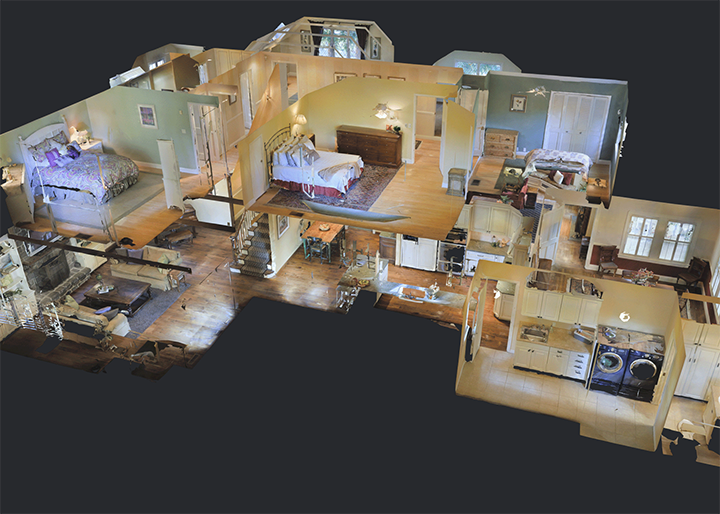WORD OF THE DAY: Derring-Do
[DER-ing-DO] Part of speech: Noun Origin: Middle English, late 16th century Definition: Action displaying heroic courage. Examples of Derring-Do in a sentence “The spy novel was filled with instances of derring-do.” “Elizabeth dreamed of being swept off her feet by a a suitor’s derring-do.” About Derring-Do In the late 14th century, the term was “dorrying don,” literally translated to “daring (to) do, stemming from “durring,” meaning “daring.” This term is the present participle of the
Read More











